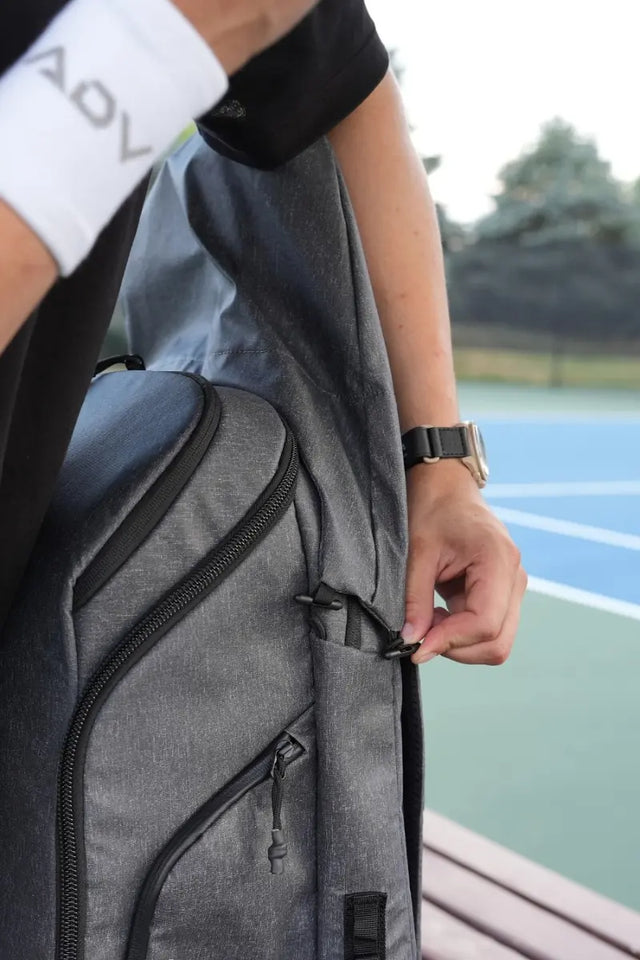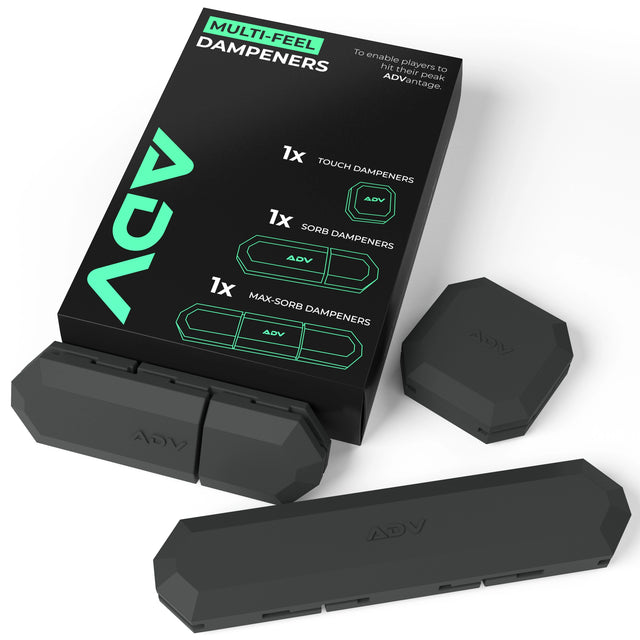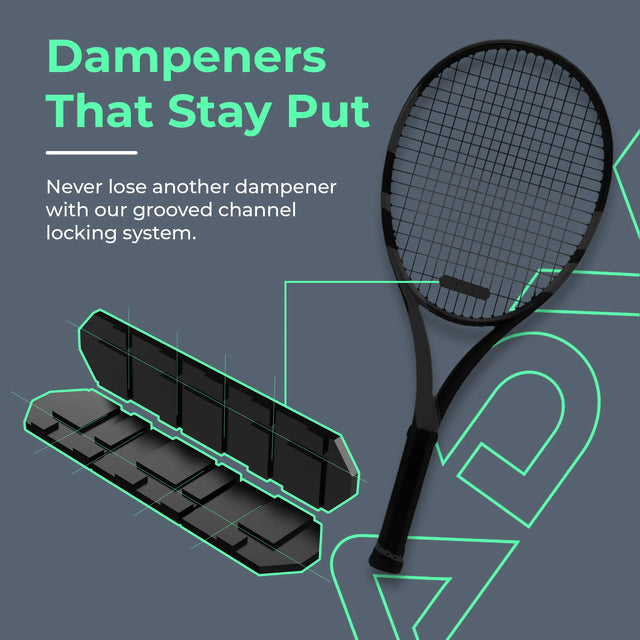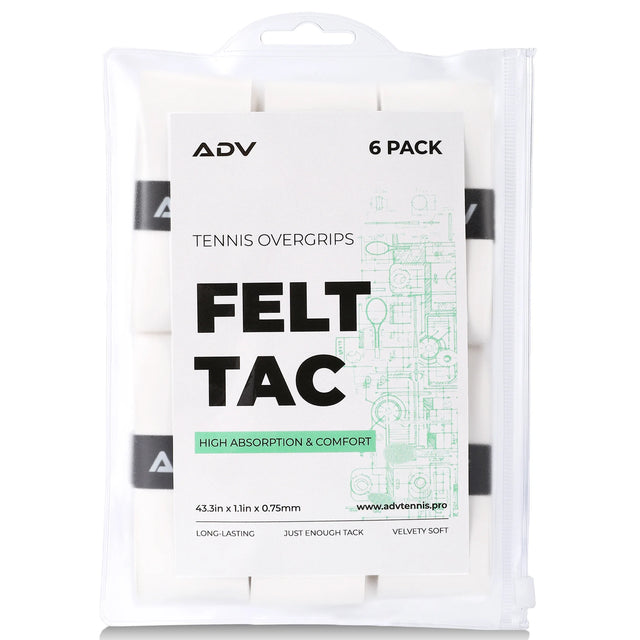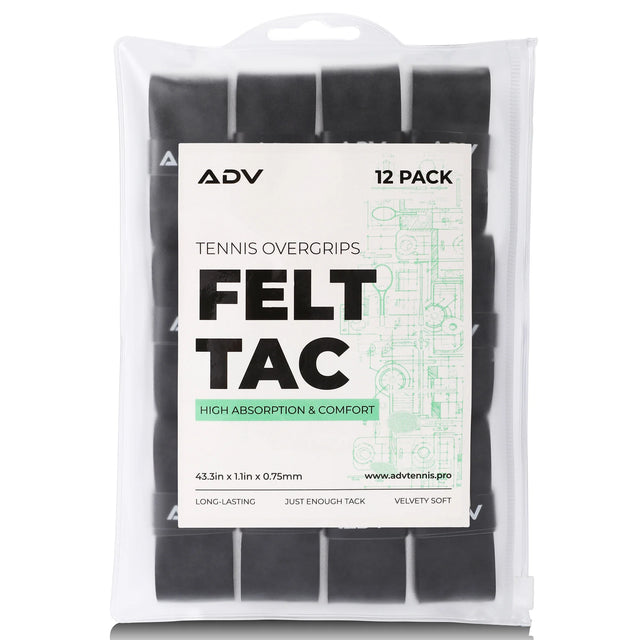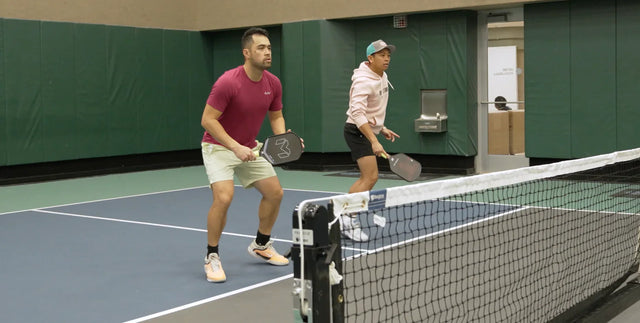Exploring the Evolution of Tennis Gear for Today’s Athletes
The world of tennis equipment has witnessed a remarkable transformation since the sport's early days. Originally, players used primitive wooden rackets and cumbersome clothing, which significantly limited their mobility and performance. Over the decades, advancements in materials and design have revolutionized how tennis gear is made and used. From the introduction of metal frames to the development of synthetic strings, each innovation has aimed to enhance players' athletic performance. This evolution has made the gear more efficient and accessible to a broader range of athletes.
The Evolution of the Best Tennis Rackets
Advances in Tennis Racket Technology
The introduction of oversized heads and underweight frames allowed for a larger sweet spot and more forgiveness on off-center hits, appealing to players of all skill levels. Innovations such as variable frame stiffness and aerodynamic designs have refined the player's experience, offering an optimal balance between power and control. These technological enhancements have enabled players to develop more aggressive play styles, pushing the boundaries of what is possible on the court.

The Role of String Technology
The evolution of tennis strings has played a pivotal role in enhancing the precision and playability of modern rackets. Naturally gut strings were the standard, prized for their elasticity and feel. However, they were also highly susceptible to weather conditions and wear. The development of synthetic strings brought about a new era, with materials like nylon and polyester offering more excellent durability and varying degrees of tension. It allowed players to customize their rackets to suit their play style, significantly affecting the ball's spin, speed, and control.
Customization and Personalization
Players can choose from a range of racket sports gear, tailoring aspects such as grip size, string tension, and balance according to their needs whether a beginner or a professional, players can benefit from equipment that complements their technique, whether they prefer a game based on speed, power, or precision. Such a level of personalization enhances the player's performance and helps prevent injuries by aligning the equipment's characteristics with the player's physical requirements.
The Revolution of Tennis Apparel
The Shift from Cotton to High-Performance Fabrics
Tennis clothes were primarily made from cotton, which, while breathable, did little to manage the sweat and discomfort experienced during intense matches. The intro of synthetic fabrics transformed player comfort and performance, incorporating materials that could stretch, manage moisture, and return to form. New fabrics are engineered to pull perspiration away from the skin and expedite its evaporation, keeping players cooler and more comfortable during play.
Moisture-wicking and Breathable Materials
Designed to regulate body temperature by allowing air to circulate close to the skin, it aids in sweat evaporation and reduces the overall moisture content within the fabric. This technology ensures that players remain dry and comfortable, which is crucial during long matches under varying weather conditions. These advanced fabrics represent a significant step forward in designing athletic wear that supports peak performance.
Ergonomic Designs for Better Mobility
Ergonomic design in tennis apparel plays a pivotal role in enhancing player mobility and performance on the court. Here’s how ergonomic design contributes to improved mobility and performance:
- Strategic Flexibility: Tennis involves a variety of dynamic motions, such as rapid lateral movements, overhead serves, and forceful swings. To accommodate these motions, high-quality tennis gear for beginners features stretchable fabrics like spandex or elastane in areas that require maximum flexibility, such as the shoulders, back, and knees. This ensures that a player can fully extend their arm during serves or execute a deep lunge without feeling restricted. Additionally, flexible fabrics prevent excessive bunching or resistance, allowing players to move fluidly.
- Reduced Drag: Minimizing resistance is essential in a fast-paced sport like tennis, where split-second reactions can determine the outcome of a match. Ergonomic apparel is designed with streamlined cuts and lightweight materials to reduce drag, allowing players to move effortlessly across the court. Baggy or ill-fitting clothing can create unnecessary friction and slow down movement, particularly when executing quick pivots or sprints. Advanced design techniques, such as laser-cut edges and aerodynamic seams, help minimize excess fabric bulk and create a sleek, performance-enhancing silhouette. Many professional-grade tennis outfits incorporate hydrophobic treatments that repel sweat and moisture, preventing heavy, waterlogged fabrics from slowing players down. By reducing drag, ergonomic designs allow for smoother, more efficient movement, allowing athletes to focus entirely on their game without distractions from their clothing.
- Enhanced Comfort: Comfort plays a pivotal role in maintaining endurance during long matches, and thoughtfully designed tennis apparel ensures that players remain irritation-free throughout extended play. Ergonomic sportswear features innovations like flat seams, seamless stitching, and no-tag construction to eliminate chafing and discomfort. Many athletic garments also incorporate moisture-wicking fabrics that keep sweat from accumulating, preventing skin irritation caused by damp clothing rubbing against the body. Additionally, lightweight and breathable materials ensure that players do not feel weighed down, allowing them to maintain peak performance. Comfortable apparel also promotes mental focus—when an athlete isn’t distracted by discomfort, they can concentrate entirely on their strategy and execution.
- Temperature Regulation: High-performance sportswear often includes ventilation zones in key heat-prone areas, such as the underarms, back, and sides, to promote airflow and dissipate heat efficiently. Some fabrics also feature UV protection to shield players from harmful sun exposure, reducing the risk of overheating. Additionally, moisture-wicking materials pull sweat away from the skin, allowing it to evaporate quickly and keep players dry. Effective temperature regulation prevents fatigue, helping athletes maintain endurance and perform consistently throughout the match. By keeping the body cool and dry, ergonomic tennis apparel enhances comfort and sustains energy levels, allowing players to stay competitive for longer durations.
- Support and Compression: Compression wear, such as leggings, sleeves, or form-fitting tops, helps stabilize muscles by applying gentle pressure, reducing vibrations, and minimizing fatigue. This added support enhances endurance by improving circulation, ensuring that muscles receive a steady oxygen supply during long rallies. Additionally, compression gear aids in post-match recovery, helping to reduce soreness and accelerate muscle repair. Many professional tennis players use compression wear to support key muscle groups like the calves, thighs, and shoulders, where strain is most common. Beyond physical benefits, compression garments can also improve proprioception, enhancing an athlete’s awareness of body positioning and movement.
It is an essential investment for players looking to enhance their mobility, comfort, and overall performance on the court. By selecting apparel that aligns with the body’s natural mechanics, athletes can achieve greater agility, endurance, and focus, ultimately giving them a competitive edge in every match.

Advancements in Tennis Footwear
Evolution of Cushioning and Support for Injury Prevention
Modern footwear now incorporates advanced gel, foam, and air cushioning systems that distribute the impact of each step more evenly across the foot. This technology not only reduces the strain on the ankles and knees but also improves overall stability, which is essential for the quick lateral movements and sudden stops typical in tennis. Enhanced support structures, like reinforced heel counters and arch support, further protect players from common injuries such as plantar fasciitis and ankle sprains, underscoring the importance of well-designed footwear in the health and longevity of athletes.
Traction and Grip Technologies
For hard, clay, and grass courts, manufacturers have created specific outsoles that reduce slippage and maximize grip. These innovations include herringbone patterns for clay courts, which prevent clay from sticking to the soles, and flatter, more durable outsoles for hard courts that offer superior abrasion resistance. Such tailored footwear ensures that players can move confidently and safely, making quick adjustments to their footing as needed, which is pivotal in maintaining competitive performance across different playing conditions.
Lightweight Tennis Shoes for Speed and Agility
In the fast-paced world of tennis, speed and agility are paramount, and the development of lightweight tennis shoes has had a transformative impact on player mobility. Here's a deeper look at how these advancements have enhanced athletic performance:
- Material Innovation: Traditional leather and heavy synthetic materials have largely been replaced with breathable mesh, ultra-light synthetics, and engineered knit fabrics that significantly cut down on weight. These advanced materials provide the necessary structural integrity while ensuring the shoe remains flexible and responsive. Some high-performance models also incorporate carbon fiber reinforcements, which add stability without excess bulk. Also, lightweight foam midsoles improve energy efficiency, allowing players to conserve stamina over long matches.
- Streamlined Construction: The way a shoe is constructed has a significant impact on its weight and overall wearability. Recent advancements in seamless construction techniques have eliminated unnecessary layers, making shoes more aerodynamic and comfortable. Traditional tennis shoes relied on multiple stitched panels, which added weight and potential pressure points that could cause discomfort. In contrast, modern lightweight models use heat-bonded or fused materials that maintain durability while reducing excess bulk. A streamlined approach improves fit and comfort and enhances flexibility, allowing the shoe to move naturally with the foot. The reduction of stitched seams minimizes the risk of irritation and blisters, which can be a common issue in high-impact sports like tennis.
- Enhanced Flexibility: A tennis shoe must balance stability and flexibility to allow for fast-paced lateral movements and quick direction changes. The incorporation of flex grooves in the outsole and strategically placed flexible materials in the upper ensures that the shoe moves in sync with the foot. Unlike rigid models that can feel restrictive, modern lightweight tennis shoes offer increased flexibility without compromising support. This enhanced mobility allows players to pivot, sprint, and stop effortlessly, which is essential for high-speed baseline play and aggressive net approaches. Some designs also incorporate dynamic fit systems, where the upper material adapts to the shape of the foot, providing a custom-like fit that enhances responsiveness. With improved flexibility, players can react more efficiently to opponents' shots and maintain superior control over their movements.
- Aerodynamic Shape: The shape of a shoe affects how efficiently a player can move across the court, and modern aerodynamic designs have optimized this aspect to reduce drag and increase speed. Lightweight tennis shoes feature sleek, contoured designs that allow for smoother, faster motion. Unlike bulkier models that may slow down a player’s stride, these shoes minimize unnecessary resistance while maximizing agility. Low-profile midsoles and streamlined uppers help players transition effortlessly between movements, reducing any lag between steps. Aerodynamic structure often incorporates asymmetrical lacing systems, which provide a snug, performance-oriented fit that reduces slippage inside the shoe.
As players continue to push the limits of what's possible on the court, the role of innovative, high-performance tennis gear becomes increasingly critical. The balance between speed, agility, and stability offered by modern tennis shoes showcases the industry's commitment to evolving with the sport's demands, providing athletes with the best tools to excel.
Must-Have Tennis Accessories and Their Modern Upgrades
The Role of Sweatbands, Headbands, and Compression Gear
The enhancement of tennis accessories has played a significant role in athletes' comfort and performance. Sweatbands and headbands, made from highly absorbent materials, help manage sweat, keeping it out of players' eyes and improving grip on the racket. Compression gear, on the other hand, supports muscle stabilization and increases blood circulation, which can aid in both performance enhancement and recovery. These accessories are now integrated with advanced fabrics incorporating antimicrobial and quick-dry properties, elevating their functionality and ensuring athletes remain focused and practical throughout their matches.
Tennis Bags
Tennis bags have evolved far beyond simple storage solutions; they now combine functionality with style to meet the needs of modern athletes. Contemporary designs offer compartments for everything from rackets to personal items, with climate-controlled pockets that protect equipment from extreme temperatures. Materials used in these bags are also getting upgrades, with durability and weather resistance in mind, ensuring they can withstand the rigors of travel and frequent use. Also, stylish elements and customizable features are becoming more prevalent, allowing players to express their style while ensuring they have everything they need for the game.
The Evolution of Durable Tennis Balls for Consistent Play
Manufacturers have refined the rubber core and felt covering to extend the life of tennis balls and maintain their bounce and playability longer. Innovations in the manufacturing process have also led to balls that are better suited for different playing conditions, such as extra-duty felt for hard courts and regular duty for clay courts. These improvements ensure that the balls perform consistently throughout their use, providing players with a reliable experience in practice and competitive play.
Smart Sports Gear for Tennis
Today's market offers tennis rackets embedded with sensors that can track a wide array of data points, such as swing speed, ball spin, and impact location. This information is invaluable for players and coaches to analyze and improve performance. The data collected from these smart technologies enhances training and helps prevent injuries by monitoring player fatigue and stress levels.

The relentless pace of innovation in tennis gear sets is set to continue shaping the sport in profound ways. As new technologies emerge and player expectations evolve, the industry must keep pace, offering products that enhance performance, prevent injuries, and increase the enjoyment of the game. Whether you are looking to buy tennis gear for the first time or upgrade to the latest models, selecting products from reputable and innovative top tennis brands can significantly enhance your playing experience.

